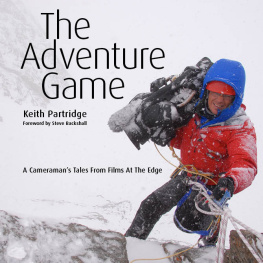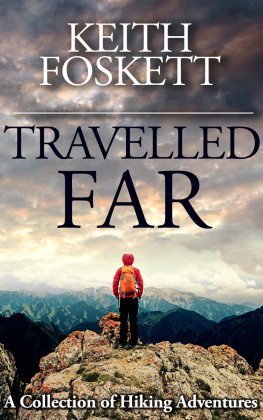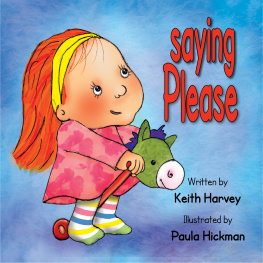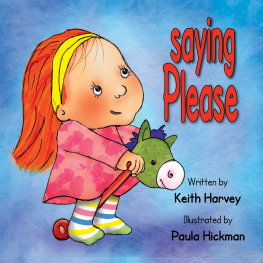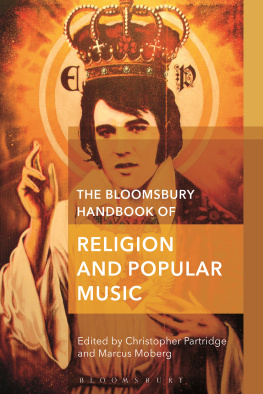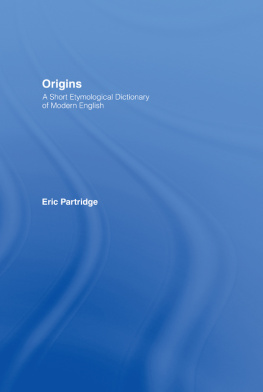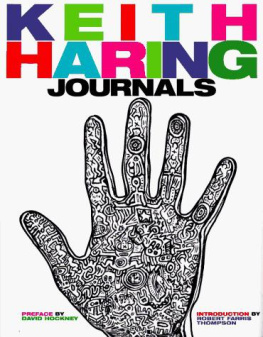ELEVEN: The Adventure Film Game
The late night glare of an Austral sun was still in my eyes as I wandered through the hut door. Slowly, out of the gloom, as I walked round a long wooden table, a toothbrush in a mug next to a broken comb and a postage stamp, shelving hung with chipped enamel bowls, flour crates, a perfectly preserved penguin, even a photographic darkroom and all manner of scientific equipment were revealed. It was if the occupants had walked out yesterday despite the blubber stove being iron cold to the touch. On the edge of Antarctica the Cape Evans Hut had not only been occupied by Captain Scott, as launch pad for his ill-fated race to the South Pole, but also by Sir Ernest Shackletons Imperial Trans-Antarctic Expedition of 1914. So much poignancy and history in one space: it was like being in a dream. When I closed my eyes I could almost hear, as the men settled for the night, the scratching of a pencil on the underside of one of the bunks, RW Richardson, August 14th... Losses to date and a list of names, Haywood, Mack, Smyth...
We had stopped off in nearby McMurdo for a few days of acclimatisation and made the short trip to Cape Evans before the three hour flight to the Dark Sector Lab just half a mile from the Pole, a place so Star Trek the contrast between the two buildings was almost too enormous to comprehend. Shrouded from the ice plateau winds on the roof of a space age building, astronomical telescopes peer deep into space. Bicep 2 (and soon Bicep 3) is examining cosmic microwave radiation, an afterglow from close to the beginning of time, the Big Bang. They rely on constant conditions at the Pole and the absence of pollution. Its the closest to being in space you can get without using a rocket. The telescopes sensors are kept just 2 degrees above zero Kelvin. Such technology in such a hostile environment gives a clear indication of just how far we have come as a species over the past century.
Herbert Ponting, Scotts expedition photographer, Frank Hurley, the expedition photographer with Shackleton, John Noel on Everest in 1922 and more recently film-makers like Jim Curran and Leo Dickinson all pioneered the use of cameras and film making techniques in this most challenging of environments, following the events of some of the most epic stories ever told. Similarly, our adventure film game has seen a whole heap of change. On one hand things have become easier (no more plate cameras), on the other they have become much more complex, driven by many factors - not least that the bar has been raised incredibly high and viewer expectation has gone stratospheric.
Adventure films, like all others, are made to entertain and engage. Often the exotic nature of adventure will transport the viewer on a journey to a far flung corner of the planet, to a place which he or she may aspire to visit but never reach, and provide a chance to marvel at how, as humans, we are capable of pushing to new heights or depths. They inspire and educate, beg questions and, importantly, have the ability to tell a story.
The idea of a following a pure adventure in a linear form is simple but the truth is that adventure films come in all shapes and sizes, dressed in as many genres as can be dreamt of: drama, documentary, travelogue...
Many of the filmmaking principles, story development and treatment, pre-production planning, pre-visualisation, scripting and post-production, remain relatively unchanged - except that standards have risen inexorably. From film stocks to digital resolution and rendition, from standard definition to high definition in all its flavours, to 4K and beyond - everything is so much more capable of reproducing images, with more control. Many wonder when the increase in picture clarity and colour reproduction will plateau. Like all forms of progress the answer is surely never.
In some respects it is all just numbers, but to be aware of which formula to work with is vital. The whole game is a potential minefield where, to the unaware, the tail will wag the dog, where a films paymaster will demand that a film be delivered from a shortlist of available cameras and produced to a particular technical standard. Therein lies a potential pitfall. The choice of shooting format to a given environment or style of filming may be inappropriate but demanded nonetheless, and the impact of such impositions might require a radical rethink in terms of support and team size to ensure a successful shoot.
In technology alone, the march of progress maintains a rapid pace and arsenal of cameras and associated equipment grows every day, each with its application, advantages and disadvantages. But technology can become a hindrance to effective movement in the field and a barrier to the very thing that a filmmaker sets out to capture. Impenetrable menus, poor ergonomics, size and weight all play a part in the potential success of filming adventures. Being zen with a camera is all important where its operation is second nature, an invisible, intuitive process. As with mountaineering expeditions there may be a temptation to adopt a siege approach to filmmaking rather than a more alpine style. It is, after all, possible to be weighed down so much that the project becomes too heavy to shoot, with the converse also being true where a project without the correct level of support becomes too light. The art is to decide on an appropriate approach to shooting: light, heavy, somewhere in between or an oscillation between the various approaches.
The plethora of technology available for use in the field and post-production to capture the action, build the story and entertain audiences on a wealth of different platforms is bewildering. But a camera is simply a lens mounted onto a box that records pictures and sound (most of the time) and the flavour of the month will inevitably be superseded and a has-been next month. Nowadays every camera has video capability and with the advent of intuitive editing software the democratisation of filmmaking is upon us. Anyone can make a film that looks and sounds good but the constant throughout the ages is that the adventure film has to hold the viewers attention and therein lies the issue. Who is the film aimed at? Who holds the controls? Making a film for mates is all good and well but to get the film to as wide an audience as possible is preferable and may require a broader editorial stance. Funding is a huge issue, and once external money comes into a film project the commissioner will inevitably place demands on its final look and feel. As a filmmaker are you willing to sell your soul?
Audiences have also become more discerning. Production values are higher than ever but there is not necessarily a direct correlation between production cost and production value. It still takes time to develop the eye and feel for the sequence of shots, understand the coverage required to offer editorial choice and to develop the repertoire of techniques necessary to bring a film of merit to the screen, not to mention a team of minds.
The final matter is where the film will be viewed. From movie theatres to online, consuming content across multiple platforms is commonplace where the monetising of a film is the final critical piece of the puzzle and distribution is the key. Arguably, the day of delivery on a physical medium such as DVD is coming to an end. As internet speeds increase so do the possibilities to stream and download.
Filmmaking has always been a can of worms and in the adventure film game those worms come spring-loaded. Amidst all the minefields and uphill struggles once in the field the constant for me over the past twenty years has been to strap in, stay alert and enjoy the ride.
Leaving the Dark Sector the pilot of the US Air Force Hercules piled on the power and the plane accelerated down the ice way hurling great clouds of snow in its wake. Through a tiny round window I counted the black distance markers going by, thinking we were taking a long time to lift. The nose came up and I waited and waited, casting a glance at the load master whose wide eyed expression was worrying. The rest of the aircraft seemed glued to the ground and the pilot eventually slammed the nose back down and hit the brakes. We stayed on the ground with the propellers turning for what seemed an eternity before taxiing out to try again. Same thing. I could almost hear above the roar of the engines the cries of abort, abort abort! in the cockpit.

